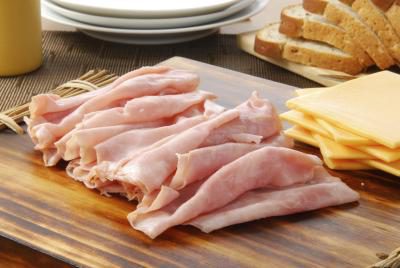High Fructose Corn Syrup Side Effects
High Fructose Corn Syrup is a colorless to light yellow colored powder derived from corn starch. High Fructose Corn Syrup is most commonly used as a sugar substitute in dairy, beverage, and wine applications. High-fructose corn syrup (HFCS) (also called glucose-fructose, isoglucose and glucose-fructose syrup) is a sweetener made from corn starch that has been processed by glucose isomerase to convert some of its glucose into fructose. Though it’s considered safe, some are convinced it has potentially dangerous health effects.
What Is High Fructose Corn Syrup?
High Fructose Corn Syrup is a colorless to light yellow liquid without impurities. It is processed from hydrolyzed cornstarch and contains a simple sugar carbohydrate called fructose. It is commonly used in the food industry because it can improve textures and enhance colors without covering natural flavors. High Fructose Corn Syrup is typically used as a sugar substitute and is present in processed foods and beverages, including soft drinks, yogurt, cookies, salad dressing and tomato soup.
Possible Side Effects of High Fructose Corn Syrup
High Fructose Corn Syrup is generally considered a safe ingredient. Possible side effects: health problems, such as weight gain, type 2 diabetes, metabolic syndrome and high triglyceride levels.
GRAS Affirmation: Yes
Generally recognized as safe (GRAS) is an American Food and Drug Administration (FDA) designation that a chemical or substance added to food is considered safe by experts, and so is exempted from the usual Federal Food, Drug, and Cosmetic Act (FFDCA) food additive tolerance requirements. High Fructose Corn Syrup is considered safe by FDA.
Suggested Dosage
NA.
Special Populations Precaution
There is a lot of concern about diet and nutrition for these population, like Newborns, children, pregnant, sensitive to Hydrolyzed Pork Collagen populations. Better consult to your doctor if you would like to intake High Fructose Corn Syrup.
Related Research
1. Fructose, high-fructose corn syrup, sucrose, and nonalcoholic fatty liver disease or indexes of liver health: a systematic review and meta-analysis. [Am J Clin Nutr. 2014 Sep] Author: Chung M, Ma J, Patel K, Berger S, Lau J, Lichtenstein AH.
2. Effect of high-fructose corn syrup on Streptococcus mutans virulence gene expression and on tooth demineralization. [Eur J Oral Sci. 2014 Jun] Author: Sun M, Kang Q, Li T, Huang L, Jiang Y, Xia W.
3. Consumption of sucrose and high-fructose corn syrup does not increase liver fat or ectopic fat deposition in muscles. [Appl Physiol Nutr Metab. 2013 Jun] Author: Bravo S, Lowndes J, Sinnett S, Yu Z, Rippe J.


